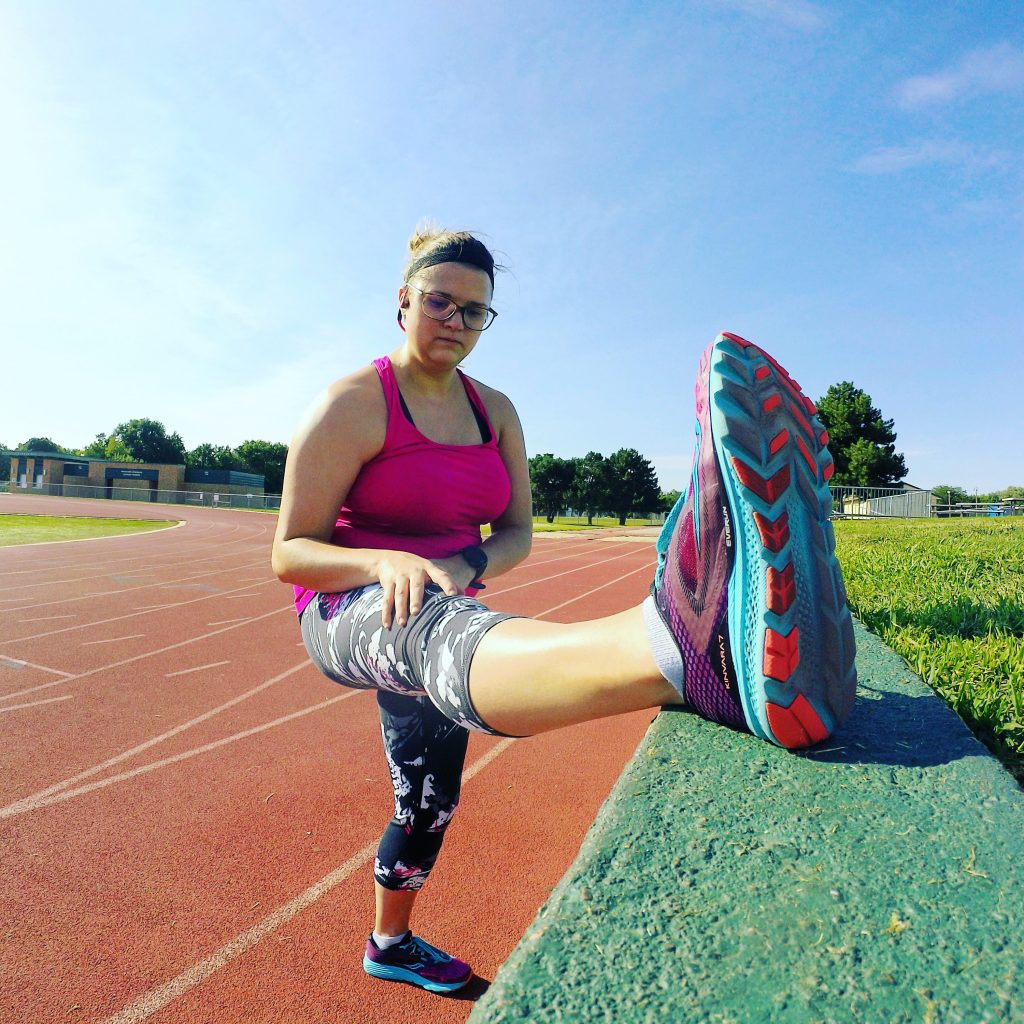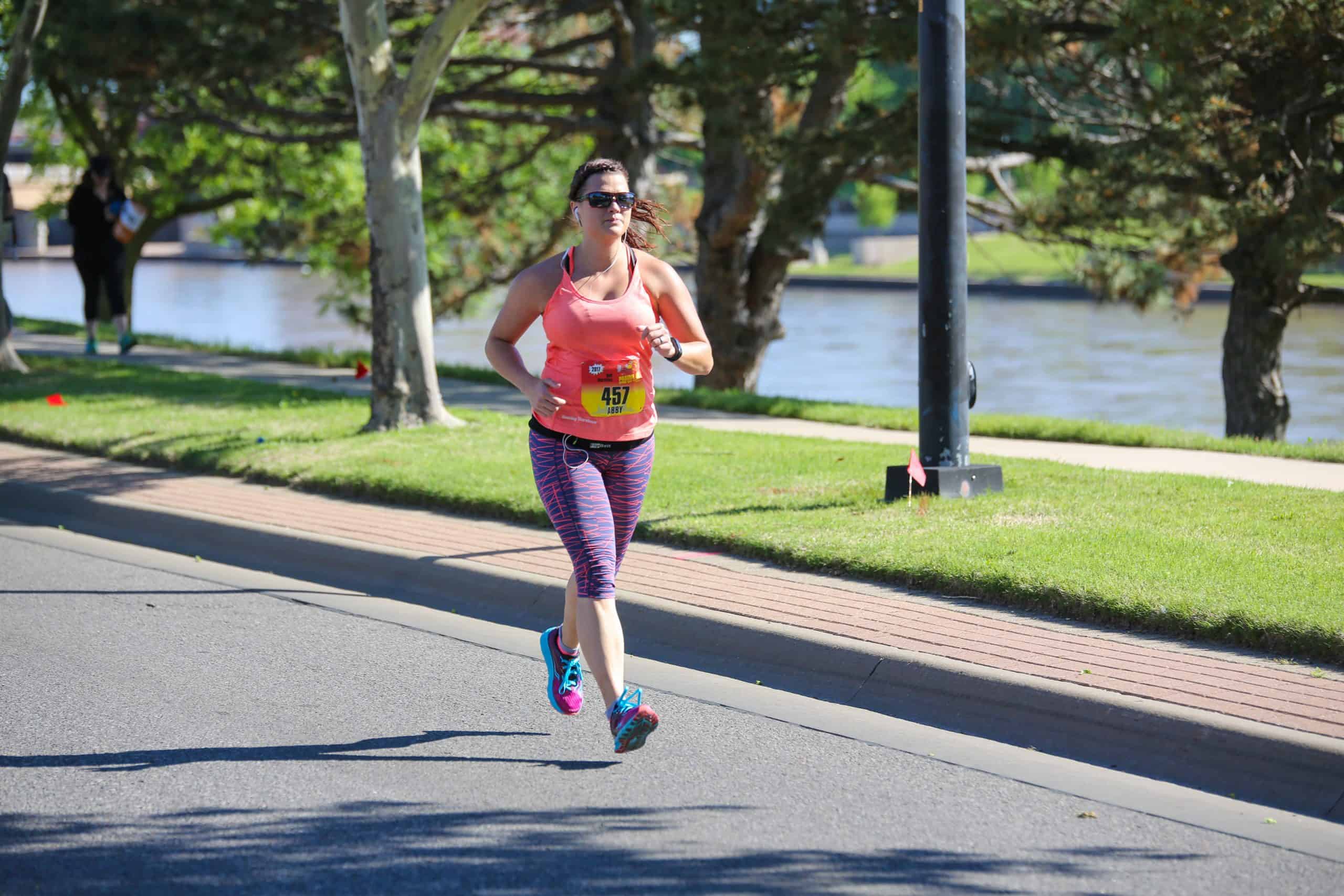Does Flexibility Make You a Better Runner?
Flexibility and Running, Benefits and the Junk
I hear it all the time from patients that come to me that are runners…”I am NOT flexible at all, maybe that is why I keep getting hurt!” Running is a sport that doesn’t require you to be flexible to perform, unlike other sports like gymnastics etc. But does flexibility matter for runners. Will being more flexible keep you injury-free and make you a better runner?
There is a lot of debate surrounding the role of flexibility in running. Some people believe that it is essential for preventing injuries, while others claim that it does nothing to improve performance. So, what is the truth? In this blog post, we will discuss the research on flexibility and running and answer all of your questions!
What is flexibility?
Flexibility is the range of motion around a joint. It is determined by the length of the muscles and tendons surrounding the joint, as well as the shape of the bones. Flexibility has been defined as the whole available excursion (without pain) of a body part through its range of motion.
When we talk about flexibility in relation to running, we are usually referring to the hip flexors, hamstrings, and quadriceps.

Do runners need to be flexible?
The answer to this question is not entirely clear. Some studies have found that runners who are more flexible are less likely to experience injuries, while others have found no relationship between flexibility and injury risk. It is possible that flexibility may help to prevent certain types of injuries, such as hamstring strains, but more research is needed to confirm this.
In terms of performance, there is also no clear evidence that flexibility makes you faster. In fact, some studies have found that more flexible runners are actually slower than their less flexible counterparts! This may be because they are not able to generate as much force when they run.

So, what does all of this mean for you? If you are a runner, you do not need to worry about becoming super flexible. Just focus on maintaining a good range of motion around your joints and be sure to warm up before running. This will help to prevent injuries and improve your performance.
Does Flexibility Reduce Injury Risk in Runners?
The jury is still out on whether or not flexibility reduces injury risk in runners. Some studies have found a correlation between the two, while others have not. It’s possible that flexibility may help to prevent certain types of injuries, such as hamstring strains, but more research is needed to confirm this.
Injury prevention and treatment is a complex subject matter. Injuries are multi-factorial and even those athletes that have a good amount of flexibility can still get injured due to other factors such as poor form, lack of strength, etc.
Typically in sport, the act of performing the sport is enough to ensure that the athlete has the correct amount of flexibility and ROM during the activity. Therefore, is stretching needed to increase flexibility to prevent injury in runners? That depends…

It depends on whether you are lacking full flexibility, Range of motion, to perform the gait phases of running. If you aren’t then we need to get you evaluated by a professional to see what is causing the lack of mobility. Is it a flexibility issue or a motor control issue (strength)?
Just because your hip flexors or hamstrings feel tight doesn’t necessarily mean they are lacking flexibility. It is usually more likely that there is weakness and the tightness you are feeling is a protection strategy from your body due to a lack of strength in the region.
Final thoughts on Flexibility for Runners
So, what does all of this mean for you? If you are a runner, you do not need to worry about becoming super flexible. Just focus on maintaining a good range of motion around your joints and be sure to warm up before running. This will help to prevent injuries and improve your performance.
It is important to remember that flexibility is just one piece of the puzzle when it comes to injury prevention. Other important factors include strength and form. So, if you are having trouble with injuries, be sure to consult a professional who can help you identify the root cause of the problem.
Happy running!
Related Articles on Flexibility and Running Injury Prevention
- How Does Cross-Training Prevent Injuries in Runners?
- How to Start Running without Injury
- How to Eat When You are an Injured Runner
AFFILIATE DISCLOSURE
As an Amazon Associate, I earn from qualifying purchases. This post may contain affiliate links. If you use these links to buy something we may earn a commission. The Site may contain links to affiliate websites, and we receive an affiliate commission for any purchases made by you on the affiliate website using such links.
All information should be used as a tool for more knowledge on the subject topic, to use as references for later articles where applicable, or just to keep it in mind during future exercise routines or activities.
This article is not meant to give medical advice or to replace professional health care. Should any ailment occur please contact your doctor or physical therapist immediately to keep yourself safe and prevent further damage.
The author is not liable for any personal or commercial damage directly or indirectly related to the content hereof. You are responsible for adhering to local laws and regulations regarding health & safety, including proper use of equipment or safety gear, and compliance with governing healthcare associations, and state, and federal regulations.
References for Flexibility in Runners
Andersen JC. Stretching before and after exercise: effect on muscle soreness and injury risk. J Athl Train. 2005; 40(3):218-220.
Gleim, GW, McHugh MP. Flexibility and Its Effects on Sports Injury and Performance. Sports Med. 1997; 24:289–299
Herbert RD, Gabriel M. Effects of stretching before and after exercising on muscle soreness and risk of injury: systematic review. BMJ. 2002; 325(7362):468.
Ingraham SJ. The role of flexibility in injury prevention and athletic performance: have we stretched the truth? Minn Med. 2003; 86 (5):58-61.
Jones AM. Running economy is negatively related to sit-and-reach test performance in international-standard distance runners. Int J Sports Med. 2002; 23(1): 40-3.
Nuzzo, J.L. The Case for Retiring Flexibility as a Major Component of Physical Fitness.Sports Med. 2020; 50: 853–870.
Shrier I. Stretching before exercise does not reduce the risk of local muscle injury: a critical review of the clinical and basic science literature. Clin J Sport Med. 1999; 9(4):221-7.
Trehearn TL, Buresh RJ. Sit-and-reach flexibility and running economy of men and women collegiate distance runners. J Strength Cond Res. 2009 Jan; 23(1):158-62.
Do Runners need to be flexible to prevent injuries?

Dr. Abby Siler, PT, DPT is a Physical Therapist with 10 years of experience in a variety of settings. She has spent the majority of her time treating athletes in orthopedic clinics and worker’s compensation cases. She is a runner herself for the past 15 years and a lifelong athlete. Dr. Abby loves to teach runners how to stay injury free and out of her clinic.







